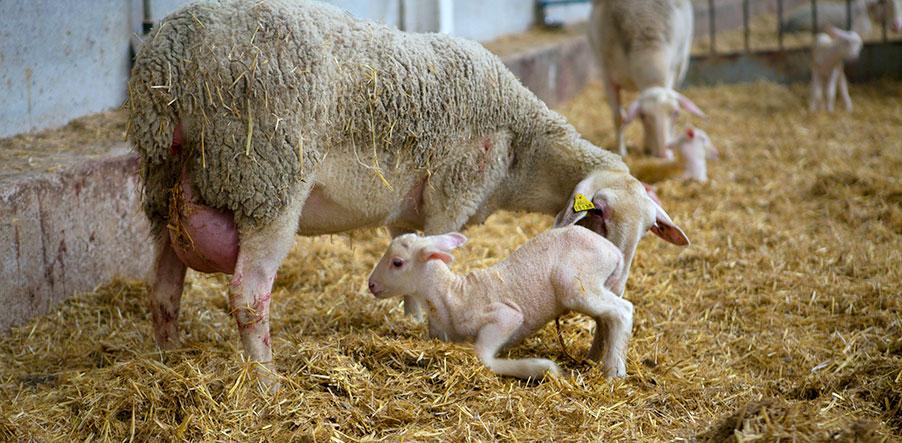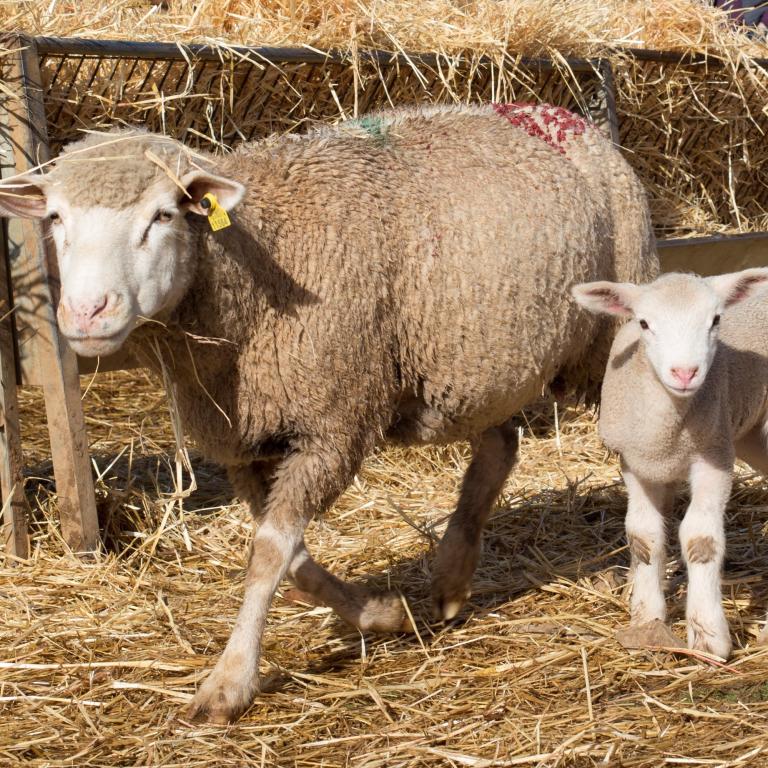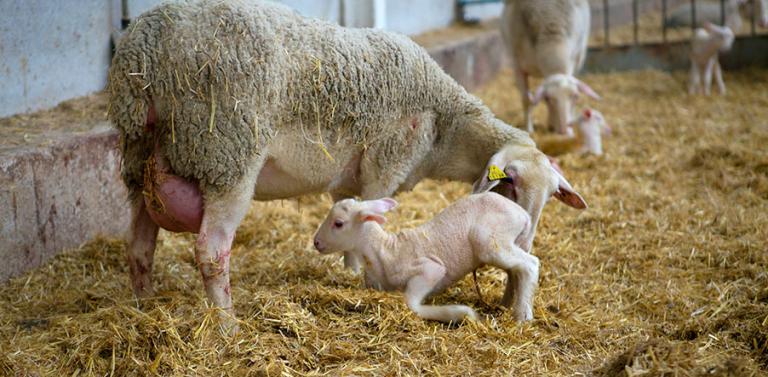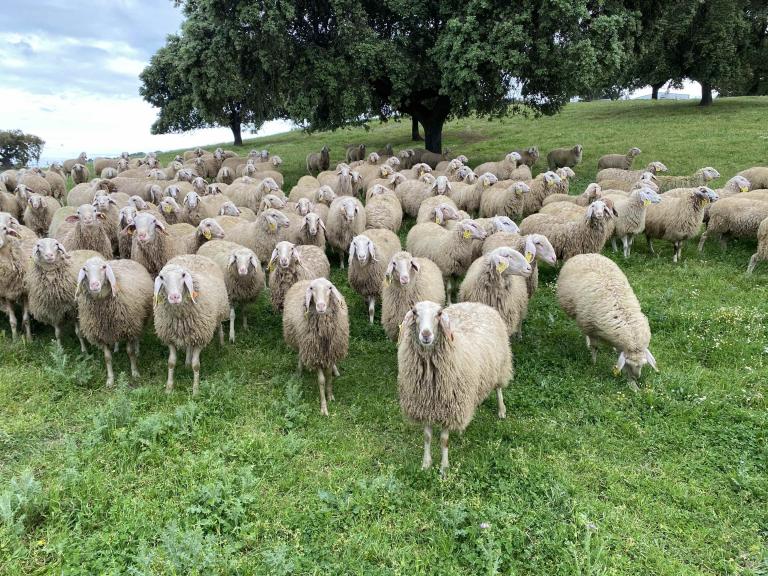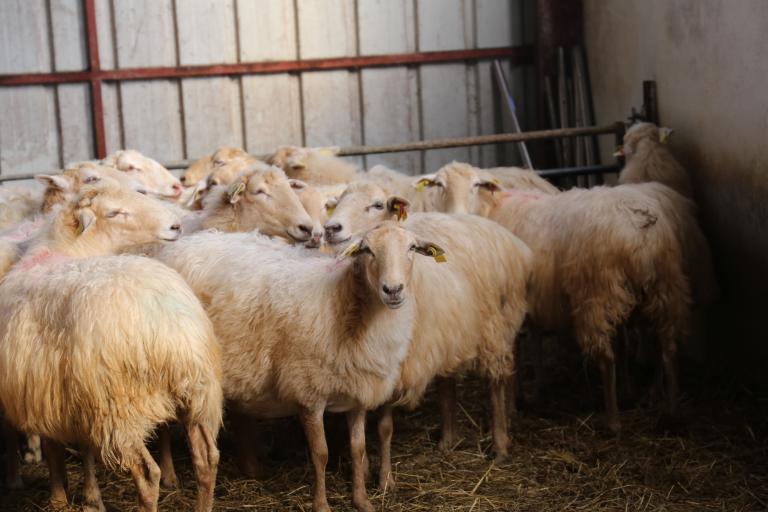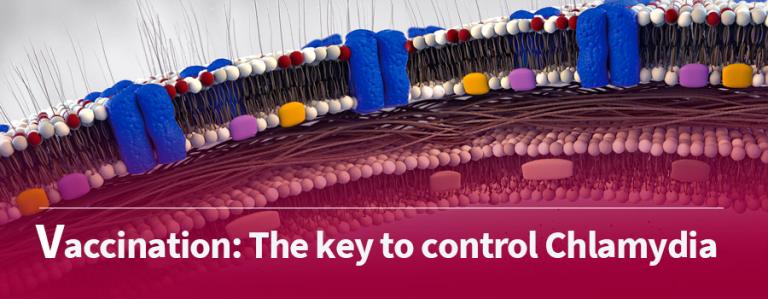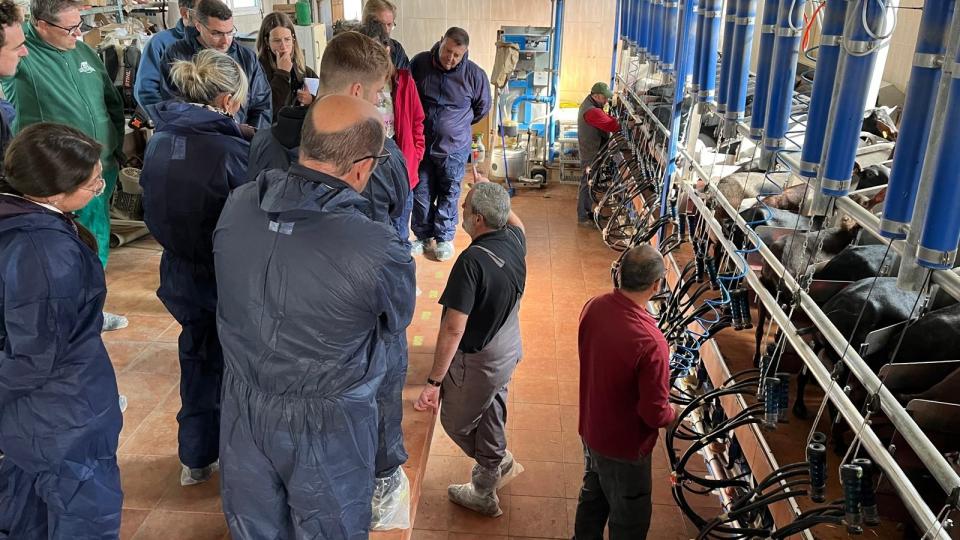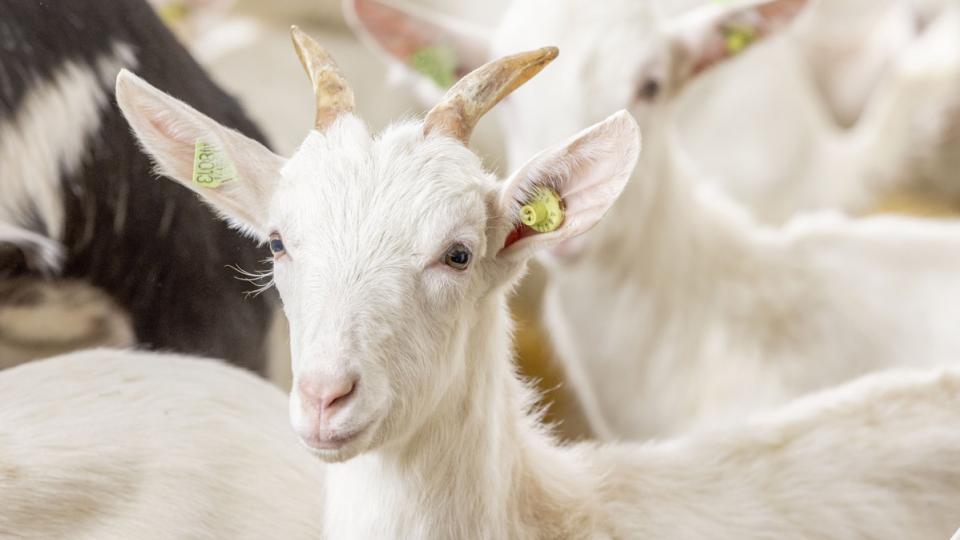In current animal production systems, the reproduction of species on farms is the basis for obtaining economically satisfactory results from an entrepreneurial point of view.
Thus, infertility problems, mainly represented by infectious abortions, constitute a key issue impacting the productivity of farms.
Abortion outbreak: huge economic issue
Indeed, if we consider the ovine species, the onset of abortion outbreaks affecting a high percentage of pregnant ewes represents a very serious economic problem for the farmer.
In addition to the loss of lambs there is also milk production, and the possible onset of complications which can be cause for the animals’ future infertility.

